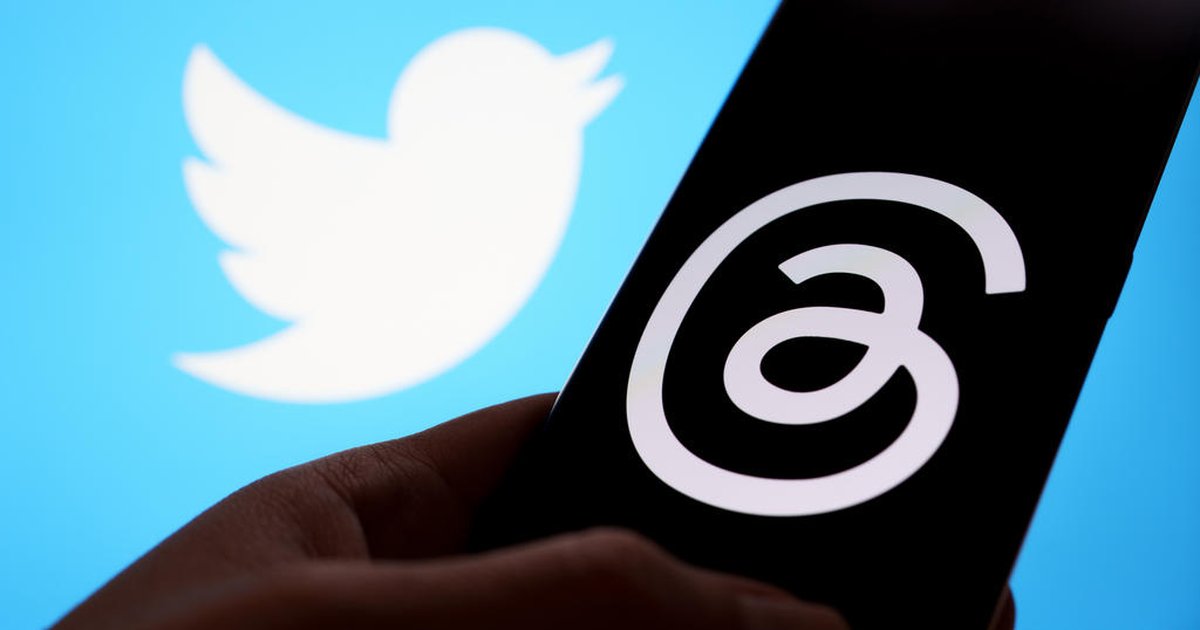Ads
Strong professional introductions are crucial in today’s competitive professional world. In a world where networking and making connections play a significant role in career advancement, knowing how to introduce yourself professionally can give you an edge over others. A strong professional introduction not only showcases your confidence but also conveys your professionalism and expertise to others.
There are numerous advantages to making a strong professional introduction. Whether you are meeting a new interviewer, supervisor, mentor, or business contact, a professional introduction can help you create a lasting impression and build a good reputation. As you advance in your career, you will meet many people who can assist you in your professional growth. A strong professional introduction can help you stand out and make a positive impact on those you meet.
When introducing yourself professionally, it is important to clearly state your intent. While most people introduce themselves by stating their name and job title, it is also important to include information that your new contact may not know about you. Your professional introduction should reflect your passion, goals, and purpose for the meeting. For example, if you are attending a networking event, you can introduce yourself by stating your name and passion for the industry, as well as your goal for the event, such as finding a collaborator for a new project.
In a job interview, your professional introduction should briefly describe yourself and why you are there. It is important to clearly state the position you are seeking and why you are a suitable candidate for the job. Your introduction should be tailored to fit the context of the meeting or event. For example, if you are meeting a new contact at a networking event, you can introduce yourself by shaking their hand, asking about their background, and sharing a bit about yourself to start a conversation.
Body language plays a crucial role in making a strong professional introduction. Using a clear voice and pleasant nonverbal cues can help you convey confidence and openness to others. When greeting a new colleague or contact, make sure to use their name, make eye contact, and engage in the conversation to show that you are attentive and interested.
Highlighting your value and unique experiences in your professional introduction can help you stand out from other candidates. In a job interview, it is important to emphasize your qualifications and how you can benefit the team. By showcasing your unique skills and accomplishments, you can make a memorable impression on your new contact and demonstrate why you are the best fit for the job.
Before an interview or meeting, it is important to research the company’s culture and values. Tailoring your introduction to align with the company’s culture can help you make a strong impression and show that you are a good fit for the organization. Whether the company is informal or formal, adjusting your tone and language in your introduction can help you establish a connection with your new contact and leave a positive impression.
In conclusion, strong professional introductions are essential for making a positive impact in today’s competitive professional world. By mastering the art of introducing yourself professionally, you can create lasting relationships, make valuable connections, and advance your career. A strong professional introduction not only reflects your confidence and professionalism but also showcases your expertise and value to others. By following these tips and examples, you can present yourself effectively, impress colleagues and bosses, and unlock new opportunities for professional growth and success.








